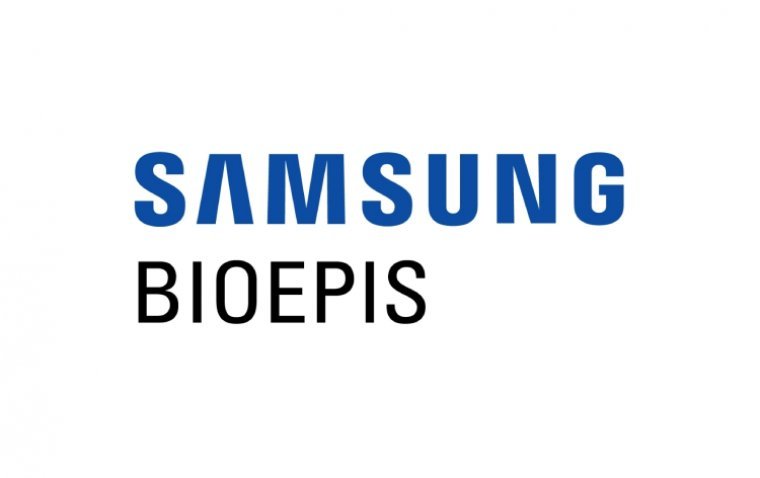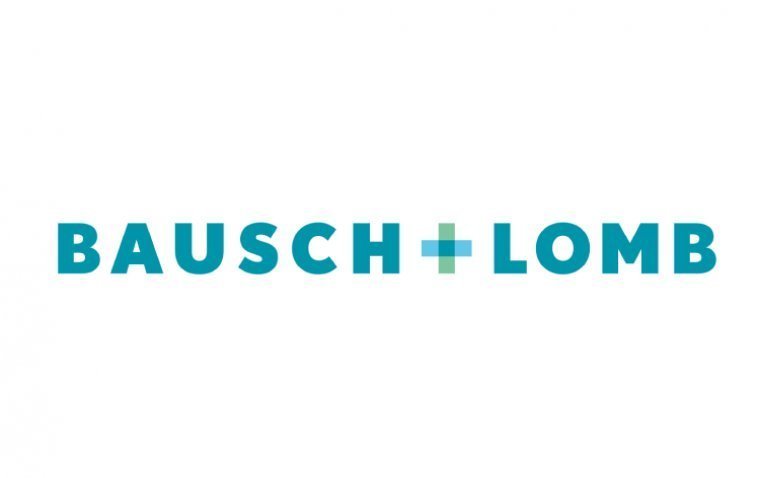
Nonsteroidal Immunomodulator VVN461 Meets Endpoints in Post-Cataract Surgery Inflammation Trial
VivaVision Biotech has announced promising phase 2 clinical trial results for VVN461, a nonsteroidal dual Janus kinase 1/tyrosine kinase 2 immunomodulator. The trial demonstrated statistical and clinical efficacy in treating inflammation after cataract surgery, offering a potential alternative to corticosteroids for managing postoperative inflammation.
Study Outline
The multicenter, randomized, double-masked, vehicle-controlled phase 2 trial involved 91 patients undergoing routine unilateral cataract extraction. Patients were randomly assigned into three groups:
• VVN461 1% group: 30 patients.
• VVN461 0.5% group: 30 patients.
• Vehicle group: 31 patients.
All patients received treatment four times daily for 14 days.
Primary Endpoint: Reduction in Anterior Chamber Cell Grade
By day 14, significant results were observed:
• 60% of patients in the VVN461 1% group achieved an anterior chamber cell grade of 0.
• 53.3% of patients in the VVN461 0.5% group achieved the same endpoint.
• In comparison, only 19.4% of patients in the vehicle group reached this grade.
The primary endpoint was statistically significant:
• P = .0012 for the VVN461 1% group.
• P = .0057 for the VVN461 0.5% group.
Secondary Endpoints: Flare Reduction and Pain Relief
The trial also met key secondary endpoints, including:
• Reduction in anterior chamber flare: Notable therapeutic effects were observed as early as day 3.
• Reduction in subject-reported ocular pain: Patients reported significant improvements in comfort.
In the combined VVN461 groups, only four patients required rescue medication, compared to 15 patients in the vehicle group, highlighting the treatment’s efficacy.
Safety Profile
VVN461 demonstrated an adverse event rate comparable to the vehicle, confirming its safety.
“VVN461’s phase 2 results highlight its potential as a safer alternative to corticosteroids for postoperative inflammation,” said Dr. Jason Bacharach, founder and director of research at North Bay Eye Associates in California. “The positive efficacy of VVN461, combined with its excellent safety profile, addresses a critical need for anti-inflammatory therapies with fewer corticosteroid-associated risks.”
Implications for Post-Cataract Surgery Care
The phase 2 results position VVN461 as a promising therapy for managing inflammation after cataract surgery. With its excellent safety profile and significant efficacy, it could provide a much-needed alternative to corticosteroids, reducing the associated risks for patients. Further clinical trials will help establish its role in ophthalmic care.
(1).jpg)









